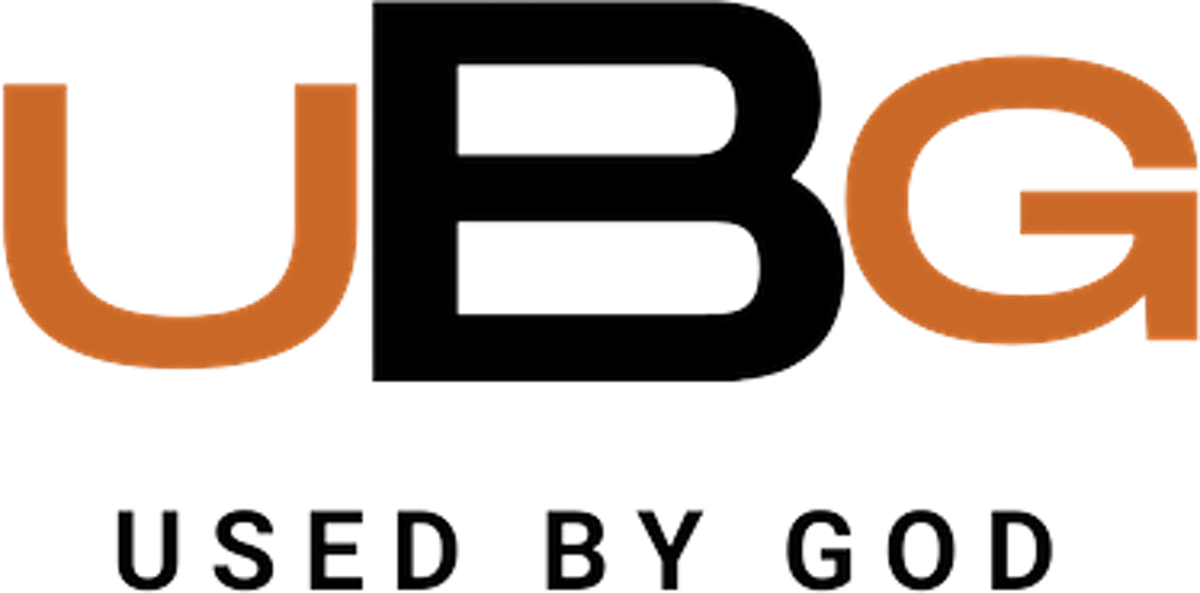
Bible Study Methods: Tools for Deeper Understanding of God’s Word
For many believers, diving into Scripture can feel both exhilarating and overwhelming. With so many books, genres, and cultural contexts, it can be hard to know where to begin—or how to go deeper. In this guide, we’ll explore a variety of Bible study methods that equip you to unpack meaning, apply truth, and experience transformation. Whether you’re meeting in a small group in your living room adorned with inspiring Christian T-Shirts or studying solo with your favorite Christian Shirts laid beside you, these tools will help you engage Scripture like never before. Some learners even keep a stack of devotional books alongside a pair of God Shirts with uplifting designs to stay motivated and focused.
1. Inductive Bible Study
What It Is:
The inductive method invites you to move from observation to interpretation to application.
How to Do It:
-
Observation: Read the passage slowly. Note repeated words, literary features (poetry vs. narrative), and commands.
-
Interpretation: Ask questions, What did this mean to the original audience? How does it fit into biblical theology?
-
Application: Determine specific ways to obey or believe God’s message today.
Why It Works:
By engaging all three steps, you avoid proof-texting and develop a balanced understanding based on context rather than isolated verses.
2. SOAP Method (Scripture, Observation, Application, Prayer)
What It Is:
A simple journaling approach that moves through four clear stages.
Steps:
-
Scripture: Write out the verse or passage you’re studying.
-
Observation: Jot down what stands out—key words, surprising contrasts, or central commands.
-
Application: Identify one concrete action based on the text (e.g., forgive someone, trust God in a specific area).
-
Prayer: Respond to God, asking for insight, strength, or gratitude.
Why It Works:
SOAP keeps you intimately connected to the text and fosters immediate spiritual responsiveness.
3. Verse Mapping
What It Is:
A deep-dive tool that visually breaks down a single verse.
How to Do It:
-
Write the Verse: Center it on your page.
-
Define Key Terms: Look up original-language meanings, synonyms, and antonyms.
-
Cross-References: Note other passages that illuminate meaning.
-
Contextual Notes: Summarize the historical background and literary placement.
Why It Works:
Verse mapping helps you dig beneath translations to grasp nuances and see how Scripture interconnects.
4. Thematic or Topical Study
What It Is:
Tracing a theme, like “faith,” “grace,” or “prayer,” throughout the entire Bible.
How to Do It:
-
Choose Your Topic: Use a concordance or digital tool.
-
Collect Passages: List every reference related to that theme.
-
Categorize: Group verses by subtopics (e.g., faith in action, faith during trials).
-
Synthesize: Write a summary of what the Bible teaches on that subject, then apply it to your life.
Why It Works:
Thematic study reveals the fullness of biblical teaching and guards against partial or skewed interpretations.
5. Character Studies
What It Is:
Focusing on a single biblical figure, like Moses, Ruth, or Paul, to learn from their life.
How to Do It:
-
Read All References: Locate every passage where the person appears.
-
Observe Character Traits: Note strengths, weaknesses, pivotal decisions, and God’s faithfulness.
-
Identify Lessons: What can you emulate or avoid?
-
Apply Personally: How does this character’s story inform your walk with God?
Why It Works:
Studying real people makes Scripture relatable and shows how God works through imperfect vessels.
6. Lectio Divina (“Divine Reading”)
What It Is:
An ancient contemplative practice with four movements.
Steps:
-
Read (Lectio): Slowly read a short passage.
-
Meditate (Meditatio): Reflect on a single word or phrase.
-
Pray (Oratio): Converse with God about what He’s revealing.
-
Rest (Contemplatio): Sit in silence, allowing God’s presence to minister to your heart.
Why It Works:
Lectio Divina slows you down, inviting spiritual formation beyond mere information acquisition.
7. Group or Community Study
What It Is:
Studying the Bible within a small group setting, combining personal reflection with communal insight.
How to Do It:
-
Assign Passages: Each member reads ahead.
-
Share Observations: Go around and let everyone highlight key insights.
-
Discuss Application: Brainstorm practical next steps together.
-
Pray as a Team: Cover each other’s needs and celebrate answered prayers.
Why It Works:
Iron sharpens iron, community brings diverse perspectives and mutual encouragement.
8. Digital Tools & Apps
What It Is:
Leveraging technology, apps, websites, and software to enhance study.
Recommended Tools:
-
Bible Gateway or YouVersion for multiple translations and reading plans
-
Logos or Accordance for deep original-language and theological resources
-
Evernote or OneNote for digital note-taking and cross-linking
Why It Works:
Digital tools allow quick cross-referencing, sermon archive access, and syncing across all your devices, so you never lose your study notes, even if you’re wearing a fresh God Shirts design as you work.
9. Journaling & Reflection
What It Is:
Maintaining a dedicated Bible-study journal to track insights, prayers, and applications over time.
How to Do It:
-
Daily Entries: Date each page and record passage summaries.
-
Insight Sections: Create margins for key truths or personal revelations.
-
Application Logs: List commitments and review progress each week.
-
Prayer Tracker: Note answered prayers and ongoing requests.
Why It Works:
Journaling cements learning, provides an ongoing record of spiritual growth, and deepens accountability.
10. Lectures and Commentaries
What It Is:
Supplementing personal study with trusted teacher insights and scholarly resources.
How to Do It:
-
Select a Commentary Series: Look for single-volume overviews (e.g., ESV Expository Commentary).
-
Watch Lectures or Podcasts: Many seminary professors and pastors offer free teaching online.
-
Compare Perspectives: Balance academic depth with devotional warmth.
-
Apply Discerningly: Use these insights to inform, not replace, your own inductive work.
Why It Works:
Expert voices can clarify difficult passages and historical contexts, enriching your study without overshadowing personal discovery.
Conclusion & Next Steps
With these ten Bible study methods in your toolkit, you’re equipped to explore Scripture in fresh and transformative ways. Whether you prefer the structured insights of inductive study or the reflective depth of Lectio Divina, each approach brings you closer to the heart of God’s Word. And if you’re looking for a tangible reminder of your commitment to daily study, consider sporting faith-inspired gear, like Christian T-Shirts, Christian Shirts, or commemorative God Shirts—during your next session or group retreat.
Ready to deepen your walk with Christ? Pick one method to try this week, invite a friend to join you, and watch how God unfolds new layers of truth in your life.



Leave a comment
This site is protected by hCaptcha and the hCaptcha Privacy Policy and Terms of Service apply.